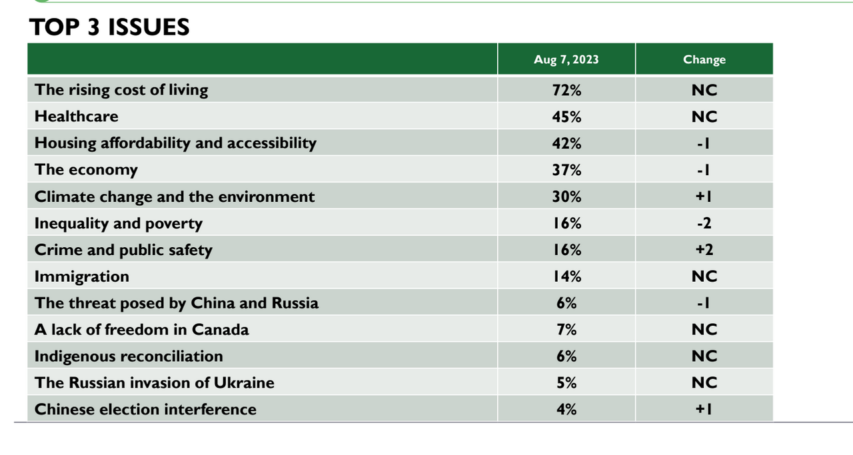In City Journal, John Tierney says we can safely ignore the mask-lovers latest attempt to move us back into the misery of the Wuhan Coronavirus pandemic years:

“Covid 19 Masks” by baldeaglebluff is licensed under CC BY-SA 2.0
Unfazed by data, scientific research, or common sense, the maskaholics are back. In response to an uptick in Covid cases, they’ve begun reinstating mask mandates. So far, it’s just a few places — a college in Atlanta, a Hollywood studio, two hospitals in Syracuse — but the mainstream media and their favorite “experts” are working hard to scare the rest of us into masking up yet again.
Never mind that at least 97 percent of Americans have Covid antibodies in their blood as a result of infection, vaccination, or both. Never mind that actual experts — the ones who studied the scientific literature before 2020 and drew up plans for a pandemic — advised against masking the public. Never mind that their advice has been further bolstered during the pandemic by randomized clinical trials and rigorous observational studies failing to find an effect of masks and mask mandates. Scientific evidence cannot overcome the maskaholics’ faith.
It’s tempting to compare them with the villagers in Cambodia who erected scarecrows in front of their huts to ward off the coronavirus — but that’s not fair to the villagers. Their Ting Mong, as the magic scarecrows are called, at least didn’t hurt any of their neighbors. The mask mandates imposed harms on the public that were well known before Covid, which was why occupational-safety regulations limited workers’ mask usage. Dozens of studies had demonstrated “Mask-Induced Exhaustion Syndrome“, whose symptoms include an increase of carbon dioxide in the blood, difficulty breathing, dizziness, drowsiness, headache, and diminished ability to concentrate and think. It was no surprise during the pandemic when adverse effects of masks were reported in a study of health-care workers in New York City. More than 70 percent of the workers said that prolonged mask-wearing gave them headaches, and nearly a quarter blamed it for “impaired cognition”.
A possibly toxic effect of prolonged mask-wearing, particularly for pregnant women, children, and adolescents, was identified in a review of the scientific literature published this year by German researchers. They warn that mask-wearers are rebreathing carbon dioxide at levels linked with adverse effects on the body’s cardiovascular, respiratory, cognitive, and reproductive systems. Writing for City Journal, Jeffrey Anderson summarized their conclusions: “While eight times the normal level of carbon dioxide is toxic, research suggests that mask-wearers (specifically those who wear masks for more than 5 minutes at a time) are breathing in 35 to 80 times normal levels.”
Because of research linking elevated carbon dioxide levels with stillbirths, the German researchers note, the U.S. Navy began limiting the level on its submarines when female crews began serving. The researchers warn that this level of carbon dioxide is often exceeded when wearing a mask, especially an N95 mask, and they point to “circumstantial evidence” that mask usage may be related to the increase in stillbirths worldwide (including in the U.S.) during the pandemic. They also observe that no such increase occurred in Sweden, where the vast majority of citizens followed the government’s recommendation not to wear masks.
No drug with all these potential side effects would be recommended, much less mandated, for the entire population — and a drug that flunked its clinical trials wouldn’t even be submitted for approval. Yet the Centers for Disease Control, disdaining any cost-benefit analysis, continues to recommend masking for all Americans on indoor public transportation, and for everyone living in areas with high rates of Covid transmission. At the start of the pandemic, even Anthony Fauci advised against masks because there was no evidence of their efficacy. But then, in response to media hysteria, he and the CDC went on to recommend masks anyway, and justified themselves by citing cherry-picked data and consistently flawed studies.







